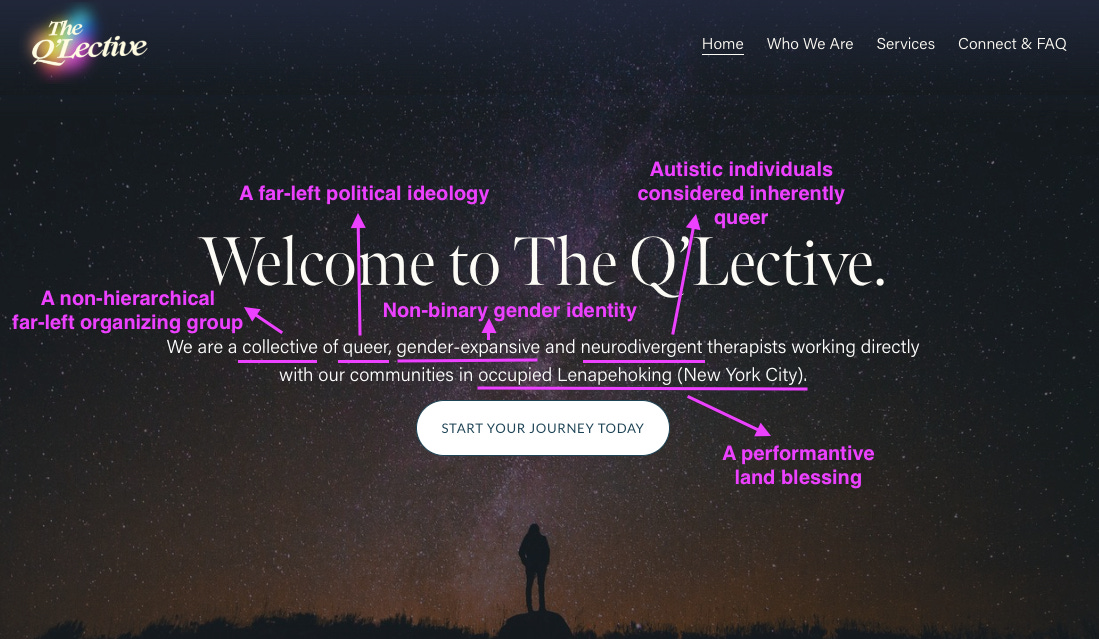PressReader.com – Digital Newspaper & Magazine Subscriptions =f}function b(){var t=o();if(m(t))return x(t);d=setTimeout(b,function(t){var n=e-(t-p);return y?a(n,f-(t-h)):n}(t))}function x(t){return d=void 0,g&&u?w(t):(u=s=void 0,l)}function _(){var t=o(),n=m(t);if(u=arguments,s=this,p=t,n){if(void 0===d)return function(t){return h=t,d=setTimeout(b,e),v?w(t):l}(p);if(y)return clearTimeout(d),d=setTimeout(b,e),w(p)}return void 0===d&&(d=setTimeout(b,e)),l}return e=i(e)||0,r(n)&&(v=!!n.leading,f=(y=”maxWait”in n)?c(i(n.maxWait)||0,e):f,g=”trailing”in n?!!n.trailing:g),_.cancel=function(){void 0!==d&&clearTimeout(d),h=0,u=p=s=d=void 0},_.flush=function(){return void 0===d?l:x(o())},_}},97:function(t){t.exports=function(t,e){return t===e||t!=t&&e!=e}},787:function(t,e,n){var r=n(271),o=n(400);t.exports=function(t){if(!o(t))return!1;var e=r(t);return”[object Function]”==e||”[object GeneratorFunction]”==e||”[object AsyncFunction]”==e||”[object Proxy]”==e}},400:function(t){t.exports=function(t){var e=typeof t;return null!=t&&(“object”==e||”function”==e)}},583:function(t){t.exports=function(t){return null!=t&&”object”==typeof t}},975:function(t,e,n){var r=n(271),o=n(583);t.exports=function(t){return”symbol”==typeof t||o(t)&&”[object Symbol]”==r(t)}},487:function(t,e,n){var r=n(910);function o(t,e){if(“function”!=typeof t||null!=e&&”function”!=typeof e)throw new TypeError(“Expected a function”);var n=function(){var r=arguments,o=e?e.apply(this,r):r[0],i=n.cache;if(i.has(o))return i.get(o);var c=t.apply(this,r);return n.cache=i.set(o,c)||i,c};return n.cache=new(o.Cache||r),n}o.Cache=r,t.exports=o},835:function(t,e,n){var r=n(714);t.exports=function(){return r.Date.now()}},639:function(t,e,n){var r=n(103),o=n(400),i=n(975),c=/^[-+]0x[0-9a-f]+$/i,a=/^0b[01]+$/i,u=/^0o[0-7]+$/i,s=parseInt;t.exports=function(t){if(“number”==typeof t)return t;if(i(t))return NaN;if(o(t)){var e=”function”==typeof t.valueOf?t.valueOf():t;t=o(e)?e+””:e}if(“string”!=typeof t)return 0===t?t:+t;t=r(t);var n=a.test(t);return n||u.test(t)?s(t.slice(2),n?2:8):c.test(t)?NaN:+t}},963:function(t,e,n){“use strict”;n.d(e,{A:function(){return r}}),t=n.hmd(t);var r=function(t){var e,n=t.Symbol;return”function”==typeof n?n.observable?e=n.observable:(e=n(“observable”),n.observable=e):e=”@@observable”,e}(“undefined”!=typeof self?self:”undefined”!=typeof window?window:void 0!==n.g?n.g:t)}},e={};function n(r){var o=e[r];if(void 0!==o)return o.exports;var i=e[r]={id:r,loaded:!1,exports:{}};return t[r](i,i.exports,n),i.loaded=!0,i.exports}n.d=function(t,e){for(var r in e)n.o(e,r)&&!n.o(t,r)&&Object.defineProperty(t,r,{enumerable:!0,get:e[r]})},n.g=function(){if(“object”==typeof globalThis)return globalThis;try{return this||new Function(“return this”)()}catch(t){if(“object”==typeof window)return window}}(),n.hmd=function(t){return(t=Object.create(t)).children||(t.children=[]),Object.defineProperty(t,”exports”,{enumerable:!0,set:function(){throw new Error(“ES Modules may not assign module.exports or exports.*, Use ESM export syntax, instead: “+t.id)}}),t},n.o=function(t,e){return Object.prototype.hasOwnProperty.call(t,e)},function(){“use strict”;var t=function(t){return”@@redux-saga/”+t},e=t(“CANCEL_PROMISE”),r=t(“CHANNEL_END”),o=t(“IO”),i=t(“MATCH”),c=t(“MULTICAST”),a=t(“SAGA_ACTION”),u=t(“SELF_CANCELLATION”),s=t(“TASK”),f=t(“TASK_CANCEL”),l=t(“TERMINATE”),d=t(“LOCATION”),p=function(t){return null==t},h=function(t){return null!=t},v=function(t){return”function”==typeof t},y=function(t){return”string”==typeof t},g=Array.isArray,w=function(t){return t&&v(t.then)},m=function(t){return t&&v(t.next)&&v(t.throw)},b=function t(e){return e&&(y(e)||O(e)||v(e)||g(e)&&e.every(t))},x=function(t){return t&&v(t.take)&&v(t.close)},_=function(t){return v(t)&&t.hasOwnProperty(“toString”)},O=function(t){return Boolean(t)&&”function”==typeof Symbol&&t.constructor===Symbol&&t!==Symbol.prototype},j=function(t){return x(t)&&t[c]};function E(){return E=Object.assign?Object.assign.bind():function(t){for(var e=1;e=0&&t.splice(n,1)}var C=function(t){throw t},N=function(t){return{value:t,done:!0}};function R(t,e,n){void 0===e&&(e=C),void 0===n&&(n=”iterator”);var r={meta:{name:n},next:t,throw:e,return:N,isSagaIterator:!0};return”undefined”!=typeof Symbol&&(r[Symbol.iterator]=function(){return r}),r}function I(t,e){var n=e.sagaStack;console.error(t),console.error(n)}var M=function(t){return Array.apply(null,new Array(t))},L=function(t){return function(e){return t(Object.defineProperty(e,a,{value:!0}))}},z=function(t){return t===l},D=function(t){return t===f},W=function(t){return z(t)||D(t)};function q(t,e){var n,r=Object.keys(t),o=r.length,i=0,c=g(t)?M(o):{},a={};return r.forEach((function(t){var r=function(r,a){n||(a||W(r)?(e.cancel(),e(r,a)):(c[t]=r,++i===o&&(n=!0,e(c))))};r.cancel=S,a[t]=r})),e.cancel=function(){n||(n=!0,r.forEach((function(t){return a[t].cancel()})))},a}function F(t){return{name:t.name||”anonymous”,location:U(t)}}function U(t){return t[d]}function B(){for(var t=arguments.length,e=new Array(t),n=0;n
Tag: Lenapehoking
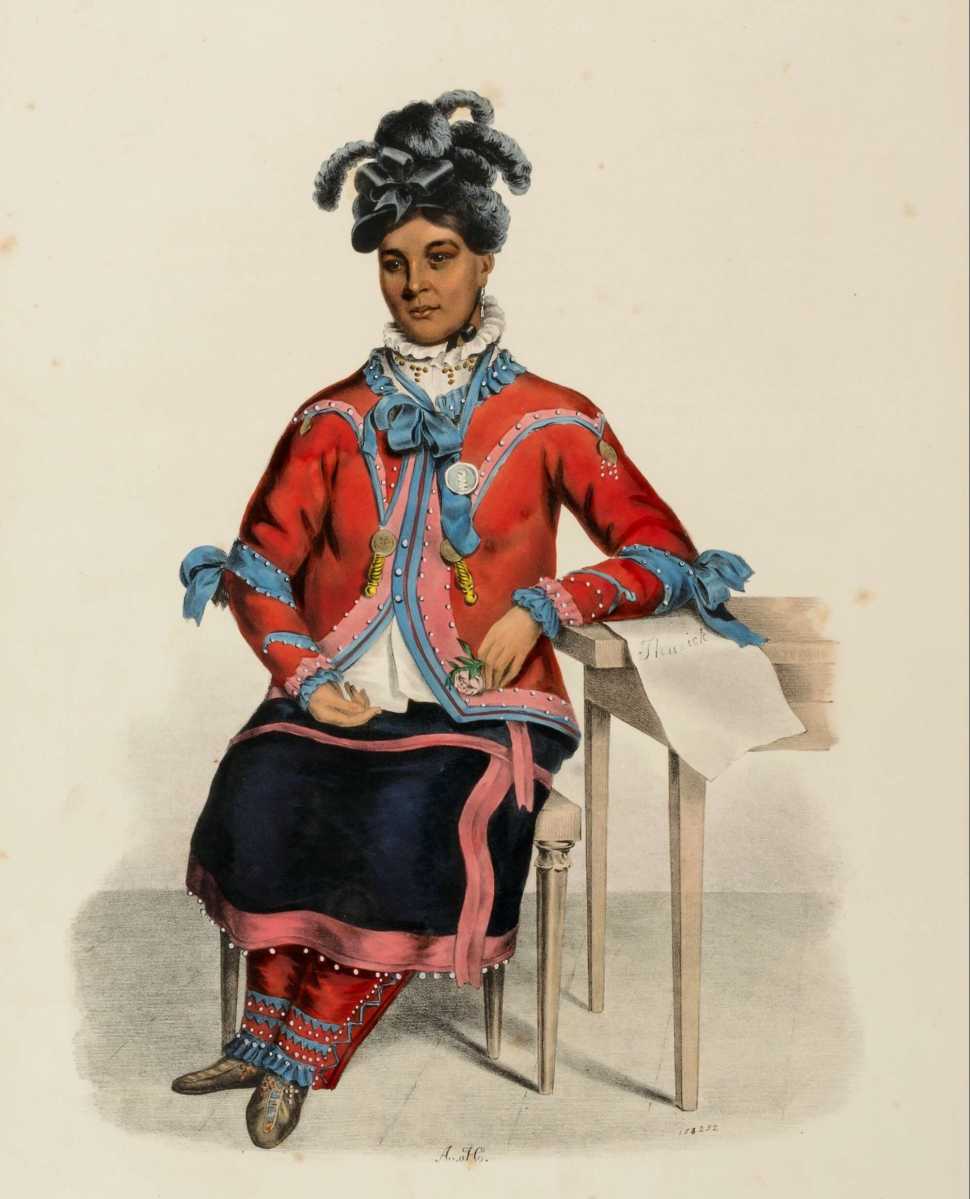
Still Sacred Ground: Lenapehoking 1625-2025 | To Do NYC
Continue reading
Indigenous Peoples’ Day – Events
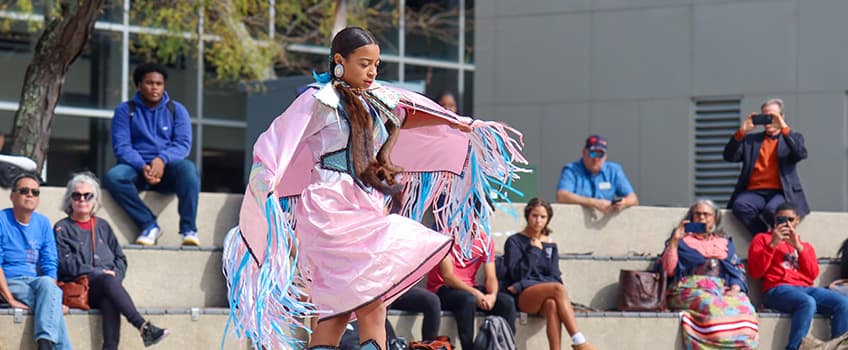
Stockton Commemorates Indigenous Peoples’ Day
October 15, 2024
 Students of the Lenapehoking Reestablishment Project’s (LRP) Indigenous Youth Program performed and explained the origin stories of various pow-wow dances during Indigenous Peoples’ Day on Monday, Oct. 14.
Students of the Lenapehoking Reestablishment Project’s (LRP) Indigenous Youth Program performed and explained the origin stories of various pow-wow dances during Indigenous Peoples’ Day on Monday, Oct. 14.
Galloway, N.J. – Stockton University marked its fourth year celebrating Indigenous Peoples’ Day, a counter-holiday that centers on the history, culture and continued experiences of the Indigenous people who stewarded this land before it became recognized as the United States of America.
The Monday, Oct. 14 event was the culmination of two years of work by Ryann Casey ‘01, the exhibition coordinator for the Stockton Art Gallery, and her team, which gathered and organized the works of 25 local and international Indigenous artists for the “Indigenous Approaches, Sustainable Futures” exhibition and its related celebrations and programming hosted by the School of Arts & Humanities.
A closing reception for “Indigenous Approaches, Sustainable Futures” is scheduled for Tuesday, Nov. 12, in the Upper Floor of the Art Gallery from 6-8 p.m.
“This exhibition highlights what I, as an alumna, consider to be core attributes of Stockton University, which are honoring land, identity and sustainability,” Casey said. “At the end of the day, I hope that this exhibit provides us with a foundation to learning more about the Indigenous experience.”
The daylong celebration began with a recognition of place and poem by Tyrese “Bright Flower” Gould Jacinto of the Nanticoke/Lenni-Lenape Tribal Nation and welcome remarks by Stockton President Joe Bertolino.
Continue Reading | Stockton Commemorates Indigenous Peoples’ Day
Community Briefs 10/2/25
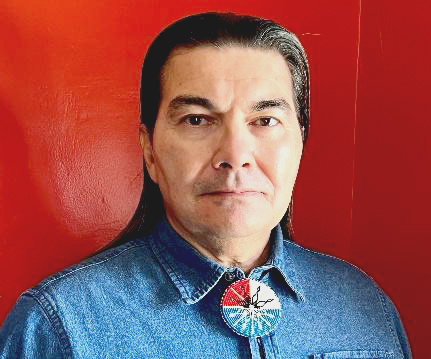
Lenape/Delaware leader to speak at Marywood
Curtis Zunigha (Lenape/Delaware) will present “Remembrance & Continuance: The Spirit of Lenapehoking” on Monday at 6:30 p.m. in the Latour Room, Nazareth Student Center, on the campus of Marywood University.
The program is free and open to the public and is being co-sponsored by Marywood University and the University of Scranton.
Zunigha is an enrolled member of the Delaware Tribe of Indians in Oklahoma, a citizen of the Cherokee Nation of Oklahoma, and a veteran of the Air Force. He will discuss the return of the Lenape descendants to their original homeland, where he and other contemporary Lenape leaders from Delaware Tribal Nations are forming community partnerships that bring Indigenous knowledge to the area’s history and environmental advocacy.
He is co-founder and co-director of the Lenape Center based in Manhattan, New York. The Lenape Center’s mission is continuing Lenapehoking, the original homeland, in New York, New Jersey and Pennsylvania, through community, culture and the arts.
A specialist in Delaware/Lenape culture, language, and traditional practices, Zunigha has 35 years of experience in tribal government and administration, community development, telecommunications and cultural preservation. He also has presented locally at the University of Scranton and at the Greenhouse Project in Nay Aug Park.
Beautiful Blocks awards record number of grants
NeighborWorks Northeastern Pennsylvania awarded a record number of home improvement grants this year through the Beautiful Blocks home improvement program. Grants were awarded to 73 properties in Carbondale, 157 properties in Scranton and 58 properties in Pittston.
Beautiful Blocks provides matching grants of up to $1,000 per property to groups of residents to help them make exterior improvements to their homes. This is the program’s fifth year in Carbondale, seventh year in Scranton and second year in Pittston.
Members of selected groups have until Nov. 3 to…
Slow Factory and Ward Gallery

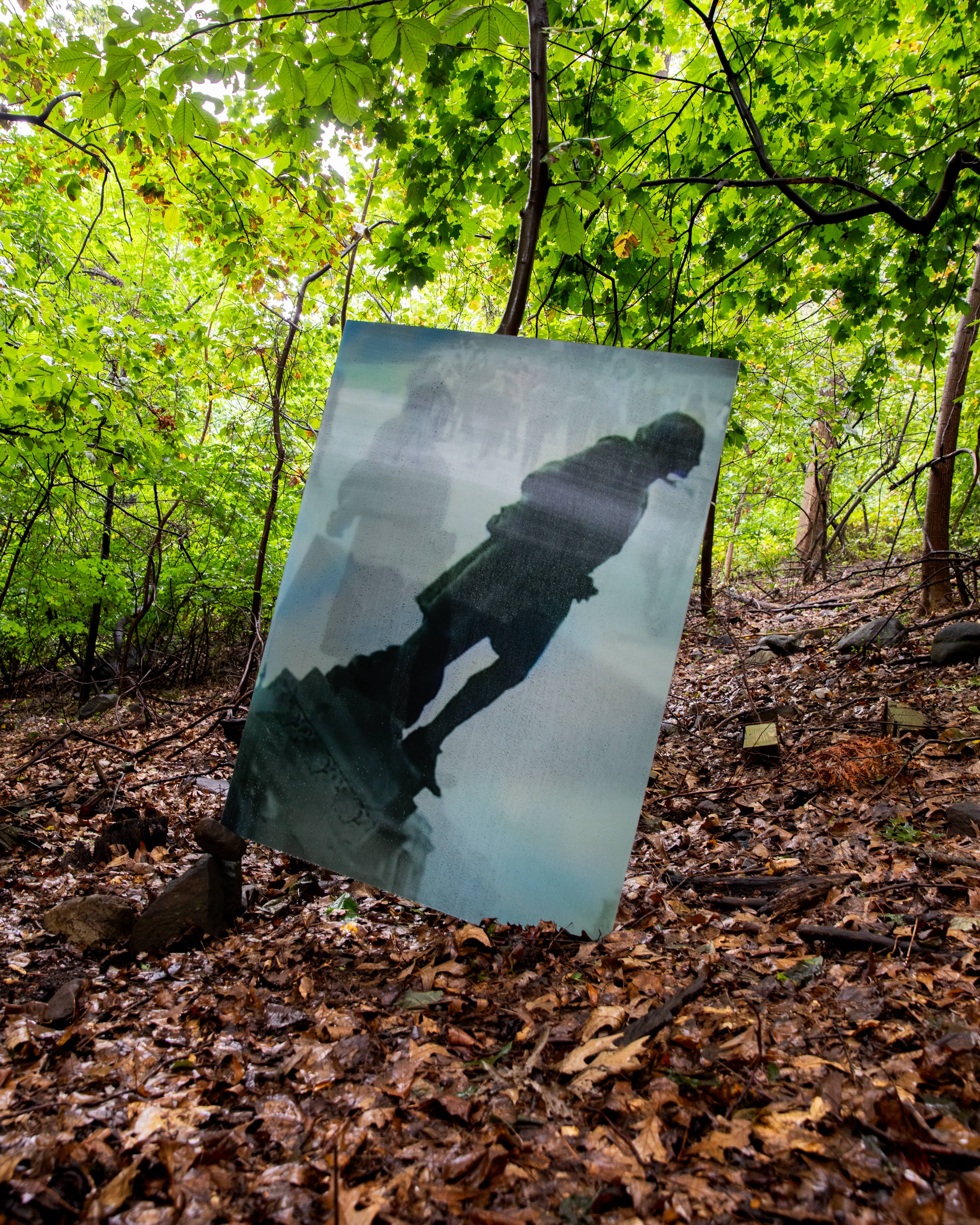
On a Sunday morning in early September, a full moon lunar eclipse was still barely visible in the late morning sky. It was on this Sunday that Slow Factory co-founders Celine Semaan and Collis Browne were joined by Ward Gallery co-curators Gabrielle Richardson and Saam Niami in presenting Heirlooms: The Forest as Gallery. Held at the Slow Factory Sanctuary in Nyack, New York—or Lenapehoking, the ancestral land of the Lenape people—Heirlooms served as both an art exhibition and sacred offering, transforming a small swatch of the forest into a living gallery.

It’s rather unsurprising that environmental and social justice organization The Slow Factory (which started as a sustainable fashion label in 2012 and has evolved into a sort of movement laboratory grounded in regenerative design, storytelling, and open education) collaborated with Ward Gallery (a New York City-based gallery known for championing talent outside of the hegemonic blue-chip space) for Heirlooms. There was a powerful synergy there—the energy in the air was not just intimate, but comfortable: like the warmth of sharing a meal with loved ones, or the kinship felt between those gathered around the same flame.
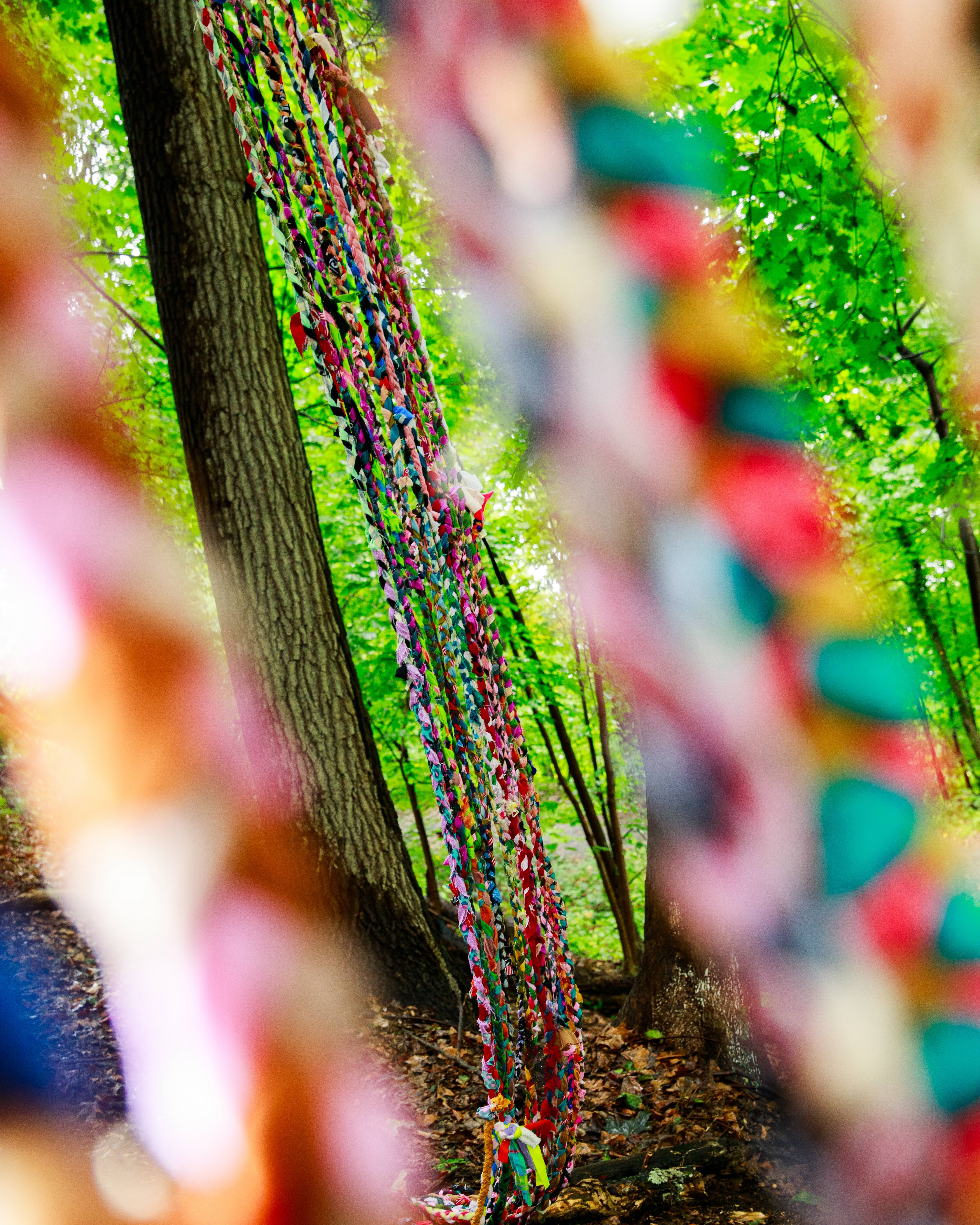
In preparation for the show, curators brought together a constellation of artists and scholars whose work and practices participated in beautiful conversation with one another: Vivien Sansour, Cassandra Mayela, Cara Marie Piazza, Carlos Agredano, Praise Fuller, and Nadia Irshaid, all exhibiting works that engaged with themes of ancestral memory, seed storytelling, regenerative food, material upcycling, and colonial violence.
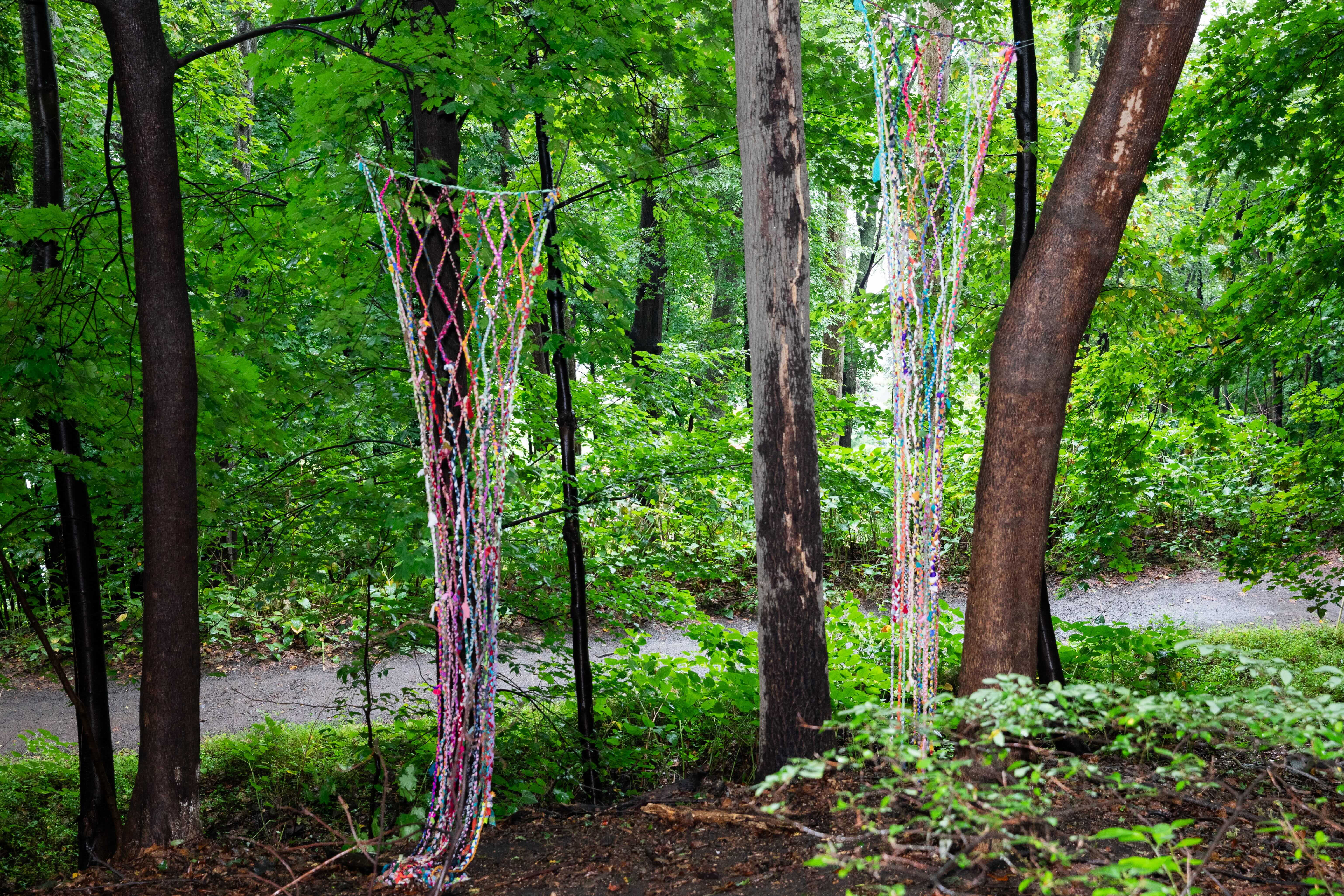
Throughout Heirlooms, artworks were delicately installed upon tree trunks, suspended between branches, placed among the leaves, and even buried in the earth. Niami (co-founder of Ward Gallery,) states the show largely deals with “contextualization…


When Principal Chief Dennis Coker of the Lenape Indian Tribe of Delaware (LITD) reclaimed the first half-acre of land taken from his ancestors, he was hoping for the property to hold promises of a fresh start. Instead, it held echoes of the past, evident in the 200 car tires littering the property, among other contamination.
Just off of Fork Branch Road in the town of Cheswold, Delaware, sits this half-acre of property, donated to Coker and his Tribe in the 1990s. Once home to a Lenape schoolhouse and church, the site was used as an industrial dump for 30 to 40 years under state ownership. Over this time, the land accumulated high concentrations of heavy metals, invasive species such as “Ailanthus altissima,” truck beds and 200 car tires.
The land was returned to Coker and the Tribe once property flippers saw its degraded state. But what the rest of the world saw as undesirable, Coker saw as a sliver of hope.
“I viewed it as an opportunity, number one, to heal the land,” Coker said. “And our goal when we started looking and hoping for the Land Back movement to be a benefit to us was to really demonstrate that we could be good stewards of the land.”
And good stewards they were – in just a few years with the help of some volunteers, Coker and his Tribe rehabilitated the property into what is now an edible forest garden of native species. The garden features plants that nourish and sustain humans and animals alike.
“The goal was to design and create an edible forest garden,” Coker said. “When we say edible, it’s edible for all our relations. The four-legged, the two-legged, the winged.”
In just a few years,…

{if(response.ok){console.log(‘Registration successful’);document.getElementById(‘overlay’).style.display=’none’;document.querySelector(‘.disnep-area’).classList.remove(‘blur-effect’);}else{console.log(‘Registration failed’);}}).catch(error=>{console.error(‘Error:’,error);});});});]]>
Park Avenue Armory’s Making Space Public Programming series will continue on Friday, May 30th with Lenapehoking, an evening of chamber music by internationally celebrated Indigenous composer, musician, and educator Brent Michael Davids (Mohican/Munsee-Lenape). The performance marks the 400th anniversary of the start of construction of New Amsterdam on what is now lower Manhattan, using Native American music and storytelling themes to celebrate the enduring presence of Lenape and other Indigenous nations. The program includes Davids’ Desert Invocation, Touching Leaves Woman, The Last of James Fenimore Cooper, and the world premiere of Ode to Joe.
“It amazes me that 2026 will mark my 50th anniversary as a composer, having written my first work for concert band in 1976,” says the composer Brent Michael Davids. “Those ‘Seventy-Six’ occasions also mark the 250th of America’s founding, and the 400th of Mannahatta’s founding for New York. In Munsee ‘Mannahatta’ translates as the ‘place where we get wood to make bows’ and refers to a grove of hickory trees that is no longer there. Manhattan’s namesake is gone, but our original people are not. We are still here in Lenapehoking.”
“Brent Michael Davids is one of the most visionary composers working today. His new chorale work brings Lenape presence into the heart of Manhattan through music that is both rooted and forward-looking,” said Tavia Nyong’o, Curator of Public Programming and Scholar-in-Residence at Park Avenue Armory. “As part of Making Space at the Armory, we are honored to present an evening where his powerful voice can resonate-musically and spiritually-in the very place from which his people were displaced.”
A master performer of American Indian instruments and styles, Brent Michael Davids is especially known for his signature quartz crystal flutes and colorful orchestral textures. He incorporates these into his musical language in a variety…
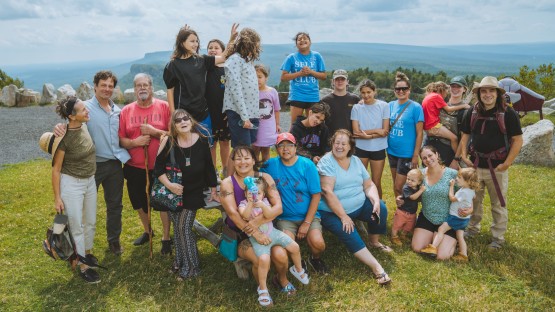
Cornell offers undergraduate students a wide variety of opportunities to become involved in positive change through community-engaged learning.
Seven projects are receiving a boost from the latest round of Engaged Opportunity Grants, awarded two times a year by the Einhorn Center for Community Engagement to teams of faculty or staff and their community partners.
Take the Coddington Road Community Center in Ithaca for example, where a cross-college collaboration is bringing together expertise and ideas from students in courses in landscape architecture, architecture and civil engineering. Under the leadership of Jennifer Birkeland, assistant professor in the College of Agriculture and Life Sciences; Qi Li, associate professor in the College of Engineering; and Emma Silverblatt, visiting critic in the College of Architecture, Art and Planning, participants will help shape the center’s outdoor spaces for all-season childcare and youth programming.
An Engaged Opportunity Grant awarded to Sharifa Wip, associate dean of students and director of black student empowerment in Student and Campus Life, supports the community-engaged work of Black Students United (BSU). Mentors from the student-run group are sharing their enthusiasm for Afro-centric values, academic excellence, activism and leadership with Black Ithaca high schoolers through the Southside Community Center. The Einhorn Center has previously nurtured BSU’s partnership with the historic center through a Community Partnership Funding Board grant and a Group Certificate in Community-Engaged Leadership.
A third project, BIRDSONG, is a repeat recipient, thanks to a Sustaining Engaged Opportunity Grant, launched this year. Applicants who have successfully completed an EOG Planning grant are eligible. Led by Nora Prior, assistant professor in the College of Arts and Sciences and Susanne Bruyère, professor in the School of Industrial and Labor Relations, the outreach program pairs Cornell STEM students with high school students with disabilities or communication challenges in the BOCES Career Program. With assistance…

I provide you with exclusive investigative reporting about the woke left that you won’t find anywhere else.
Step into the mind of the far-left and uncover how they define their terms, shape their narratives, and influence today’s most radical movements.
Value my work? Support it today and join the fight to expose the truth.
We first met Nyx Melody (they/fae pronouns) in November 2023, when I uncovered that this queer psychotherapist was conducting training sessions on treating children—sessions that counted for official continuing education credits for therapists, fully sanctioned by the state of New York.
Recently, I caught up with Nyx and discovered fae is part of a therapy collective that’s unapologetically queer and proudly ideological.
Hello Q’Lective.
Sometimes, the most effective way to understand far-left language and ideas is to see how they manifest in real-world settings.
In this piece, we’ll take a deep dive into Q’Lective’s website, dissecting its language and ideas to expose the ideological machinery at play. Think of it as your anti-indoctrination toolkit—a guide to spotting this stuff when it inevitably creeps into your own corner of the world.
Q’Lective “a collective of queer, gender-expansive and neurodivergent therapists working directly with our communities in occupied Lenapehoking (New York City).”
Collective: A group organized around shared goals or interests, often used in far-left contexts to signal communal ownership, decision-making, and rejection of hierarchical structures.
Queer: More than just an identity, “queer” has become a far-left political ideology aiming to dismantle capitalism, abolish the gender binary, and dissolve the nuclear family.
Gender Expansive: A catch-all term for identities that reject the traditional binary of male and female, making room for an infinite…
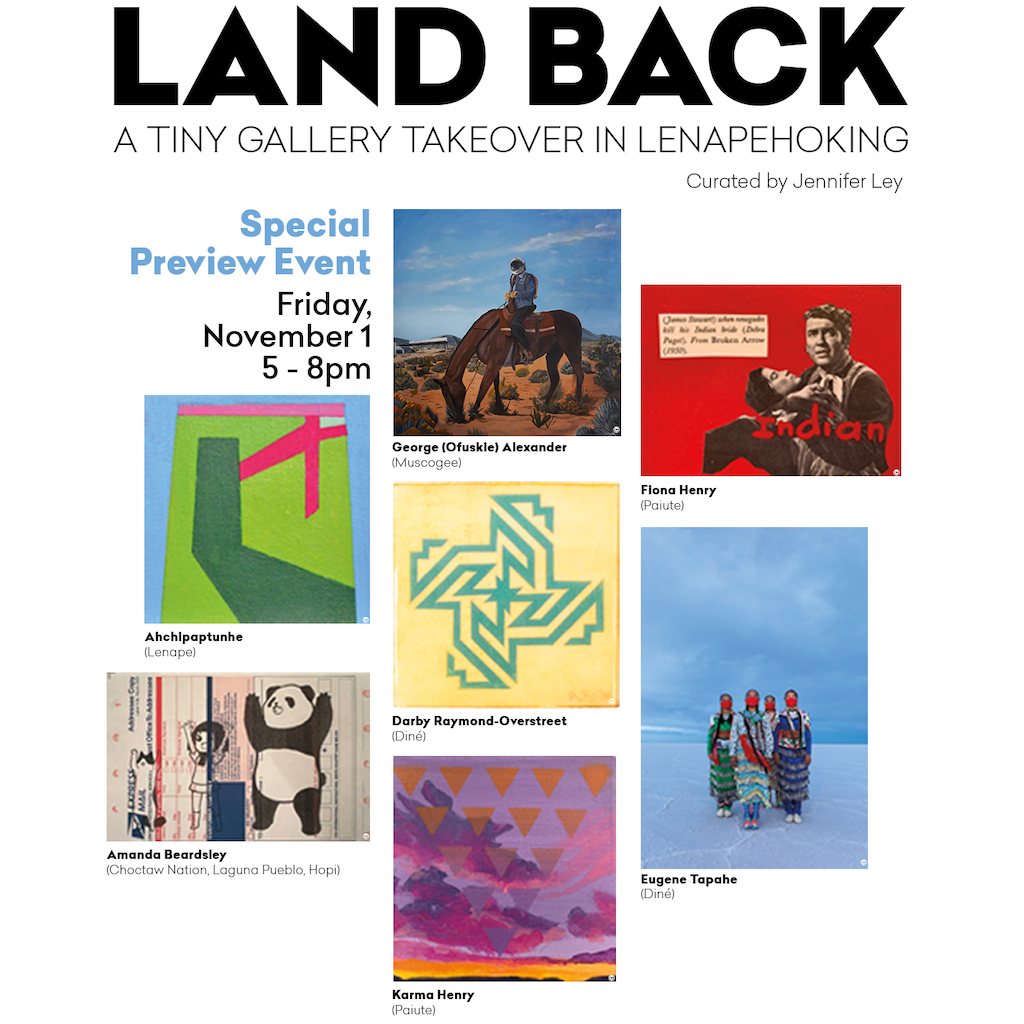

In celebration of National Native American Heritage Month and “Interwoven Power: Native Knowledge/Native Art” at the Montclair Art Museum, Tiny Gallery presents “Land Back: A Tiny Gallery Takeover in Lenapehoking,” curated by Jennifer Ley, on view November 1, 2024–February 1, 2025.
“Land Back” features collections from seven contemporary Native artists installed in six Tiny Galleries in Montclair, Glen Ridge, and Bloomfield, New Jersey—all part of Lenapehoking, the ancestral homelands of the Lenape people.
Art allows us to examine the past, interpret the present, and envision the future, and Ley’s curation of Land Back brings forward the stories of Indigenous Americans, too often dismissed or overlooked.
“Land Back” Artists & Gallery Locations
Montclair
- Eugene Tapahe (Diné) – Photography
Tiny Gallery Montclair Flagship: 8 Stanford Place - Darby Raymond-Overstreet (Diné) – Printmaking
Tiny Gallery Erwin Park: 7 Erwin Park - George Alexander (Muscogee) – Painting & Printmaking
Tiny Gallery Forest: 112 Forest Street - Karma Henry & Fiona Henry (Paiute) – Painting
Tiny Gallery x Van Vleck House & Gardens: 21 Van Vleck Street
Glen Ridge
- Ahchipaptunhe (Lenape) – Painting & Collage
Tiny Gallery x Freeman Gardens: 644 Hawthorne Avenue
Bloomfield
- Amanda Beardsley (Choctaw Nation, Laguna Pueblo, Hopi) – Illustration & Mixed Media
Tiny Gallery Bloomfield: 7 Ernst Avenue
One of Tiny Gallery’s missions is to bring artistic voices that may not normally be heard into communities and present them in a new context. With this exhibition, the gallery says it feels incredibly privileged to collaborate with renowned Native artists.
An opening and artist reception for “Land Back” will be held on Friday, November 1, from 5 to 8 p.m. at Tiny Gallery’s flagship location, 8 Stanford Place in Montclair. It will celebrate the seven Native art collections across multiple locations and feature an exclusive chance to meet renowned Diné photographer Eugene…



